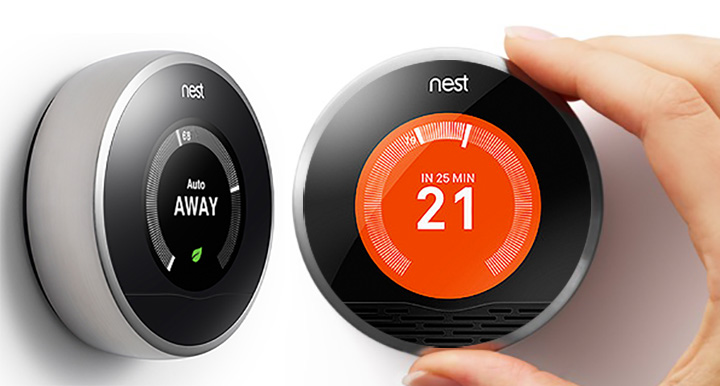Smart home technology is pretty cool — until you’re left sitting in the dark because a network outage is preventing you from turning on your wireless light bulb.

Hundreds of smart home consumers likely opened their eyes to a big problem with the Internet of Things Tuesday, when a massive outage struck Amazon’s S3 cloud storage service, disrupting service to popular websites, services and smart home networks.
READ MORE: Internet-connected toys are cool, but not worth the risk to your child’s privacy, experts say
The issue sent social media into a tailspin as dozens of services – including blogging site Medium, question and answer site Quora and several work productivity services, such as Trello – went down for hours.
Those with smart home products soon joined the thousands complaining about the outage, some of which laughed that they were sitting in the dark because their wireless light bulbs wouldn’t turn on.
One woman joked her mother had become deaf after her smart home security system wouldn’t stop sounding an alarm.
And anyone who owned multiple internet-connected home gadgets was really having a rough day.
“AWS goes down. So does my TV remote, my light controller, even my front gate. Yay for 2017,” said one user.
READ MORE: How hackers may have hijacked your PVR to cripple the internet
These devices that relied on Amazon Web Servers for functionality effectively became useless during the outage. In the future, should a cloud service that other smart home companies rely on go down, these so-called smart devices could — at least temporarily — become useless bricks.
Some things are easier to cope with than others — for example, keep a stash of regular old electric light bulbs on hand in case your smart bulb stops working.
But other smart home devices, such as smart thermostats, can pose quite a problem.
In 2016, smart thermostat maker Nest came under fire after multiple users were affected by a software bug which drained their device of all its battery power, leaving some without heating in the middle of the winter.
READ MORE: Most Internet of Things devices have privacy issues, study says
“Admittedly, this may strike some as a quintessential first-world problem: a thermostat that can’t connect to the web. But for some users, it posed genuine issues,” read a New York Times blog on the issue.
“For those who are elderly or ill, or who have babies, a freezing house can have dire health consequences. Moreover, homeowners who installed a Nest in a weekend home, or who were on vacation, were also concerned that their pipes could freeze and burst, causing major damage.”
According to Nest’s website, users should be able to control their thermostat – even if there is an issue with their Wi-Fi network, or the device goes offline. However, it also notes that if the Nest service is offline, users may have to wait for service to resume in order to get their thermostat back online.
In 2015, Gartner estimated some 6.4 billion Internet of Things devices would be in use by the end of 2016.
The so-called Internet of Things, defined as any commonly used item that connects to the internet, has faced quite a bit of scrutiny for its lack of security. Experts say these devices commonly lack advanced protection from hackers, and, if they do, consumers often don’t understand how to change the security settings to protect themselves.
READ MORE: What the security industry is doing to protect consumers using connected devices
In fact, experts have suggested that malware designed to infect smart devices and lock their owners out in exchange for money will become commonplace over the next few years.
“The bad guys realized it’s easier to enslave these devices, rather than a computer that has anti-virus software,” David Masson, Canada country manager for cyber security firm Darktrace, told Global News in December.
“Imagine you come home and your TV is hacked and you want to watch the game. Would you pay $50 to unlock it?”
In the meantime, outages like Tuesday’s point towards the evolving challenges facing the smart home technology business.




Comments